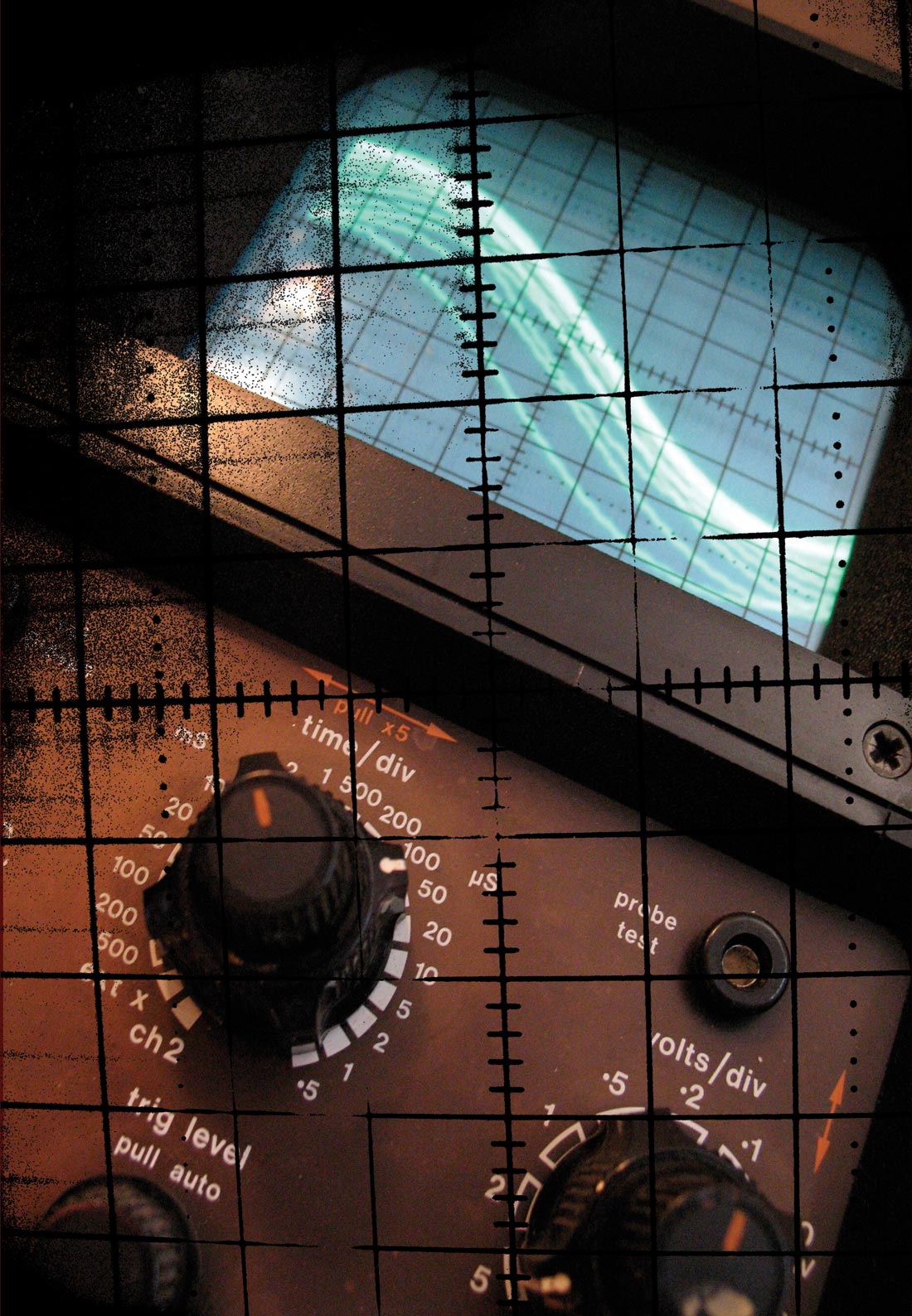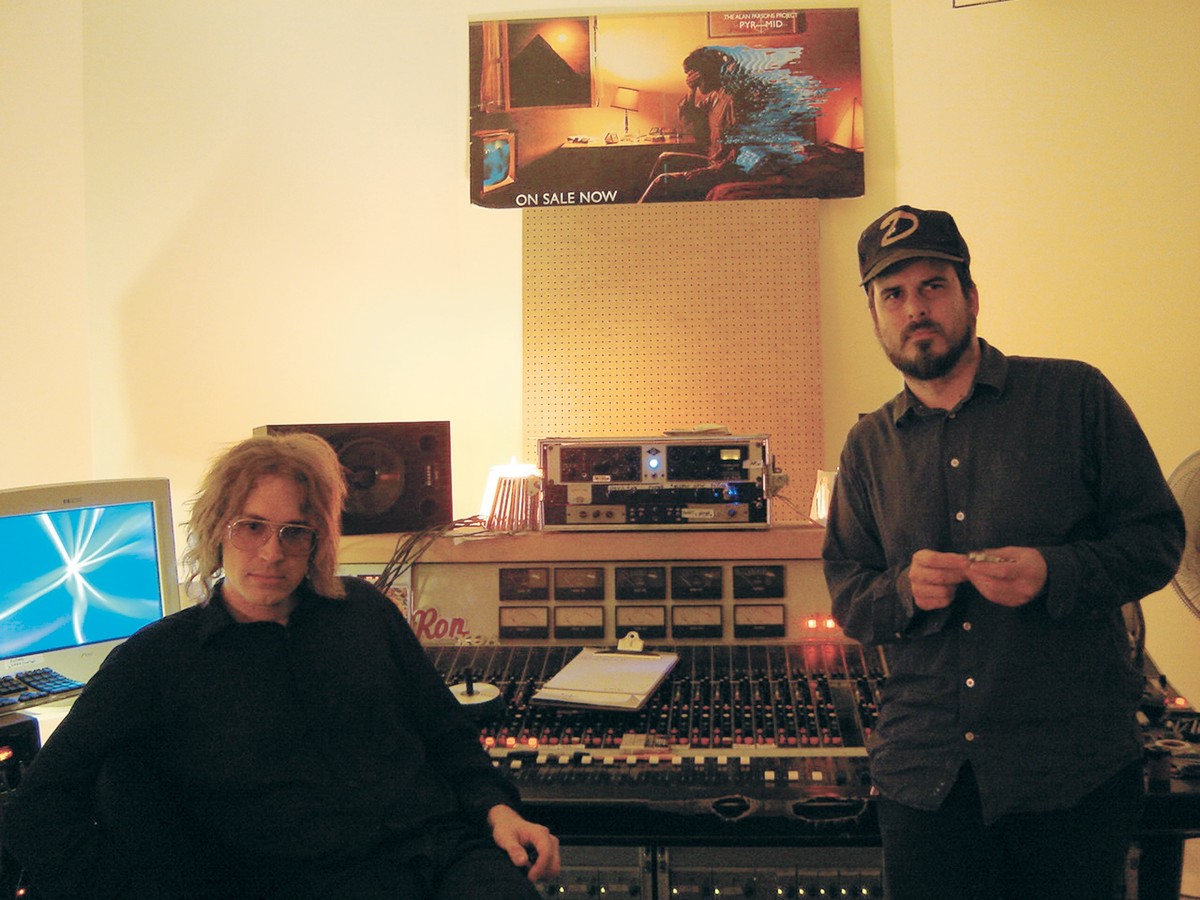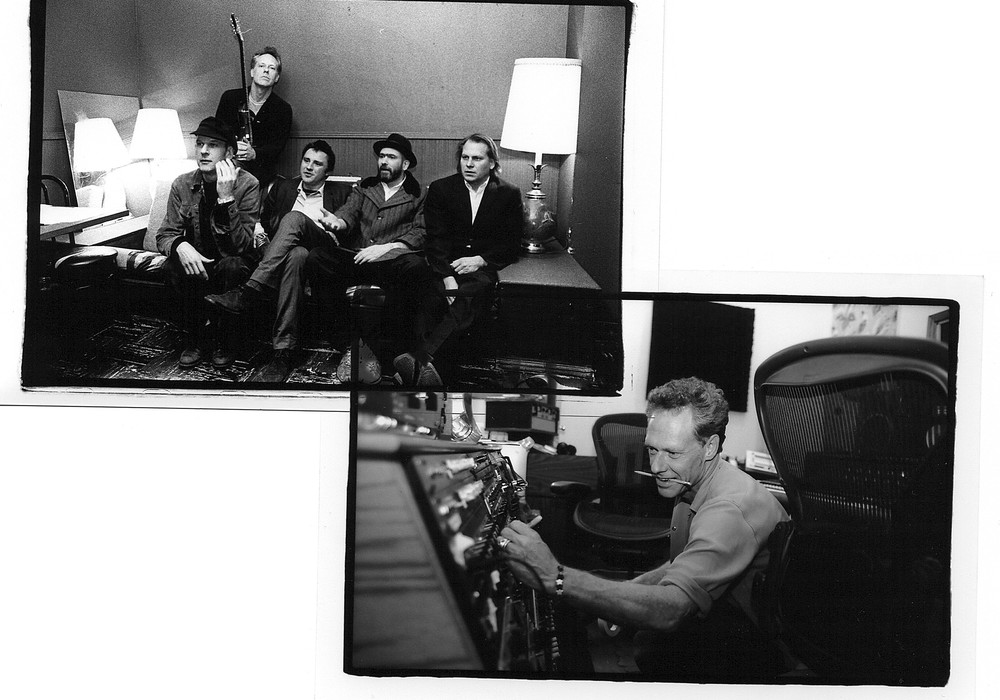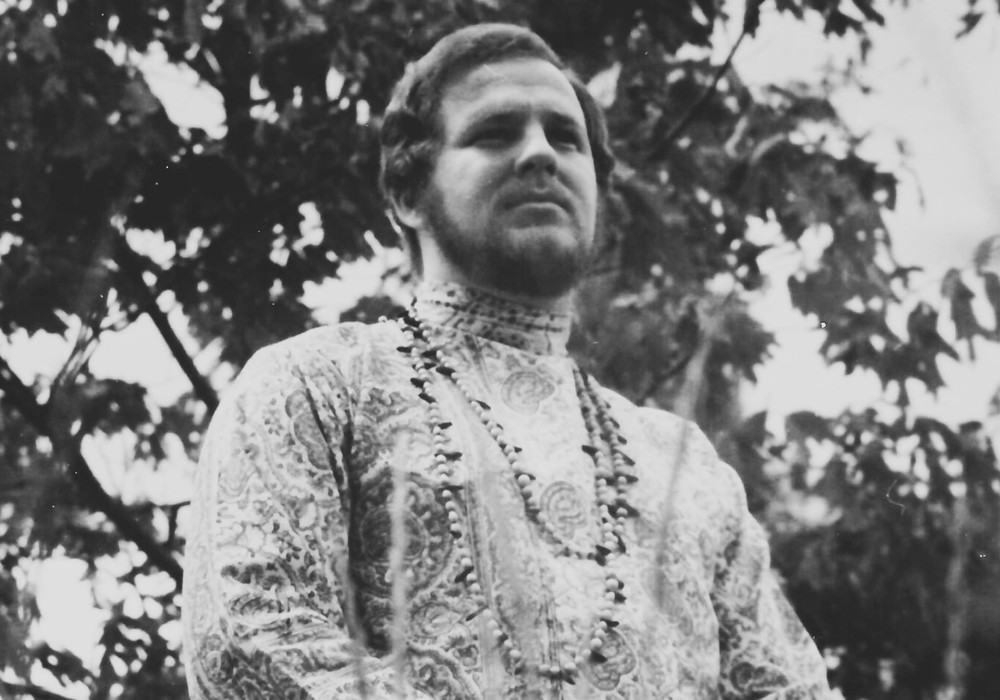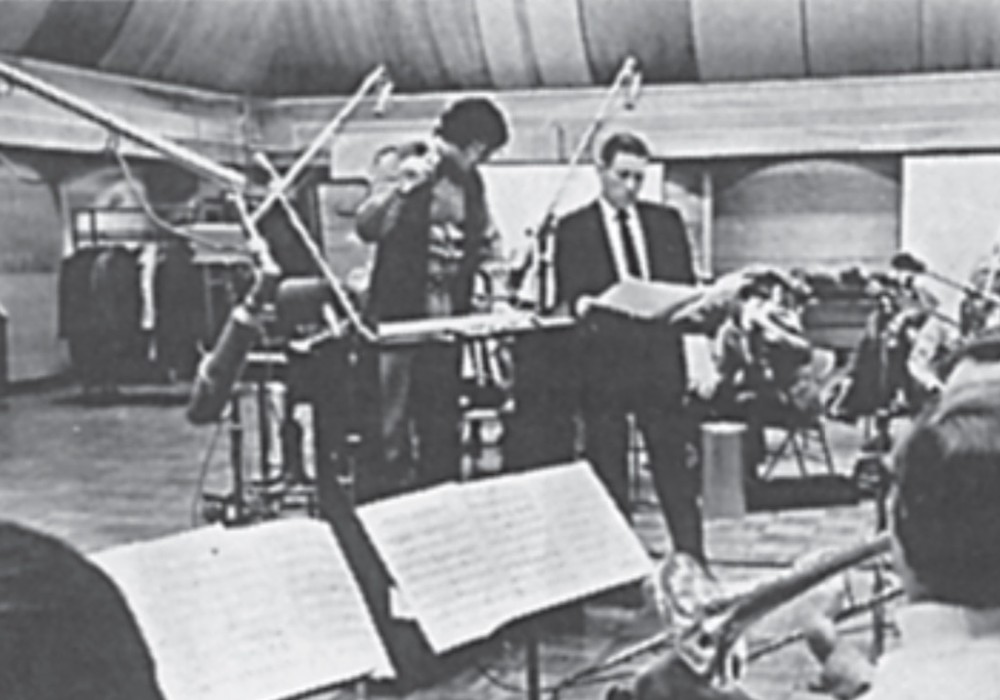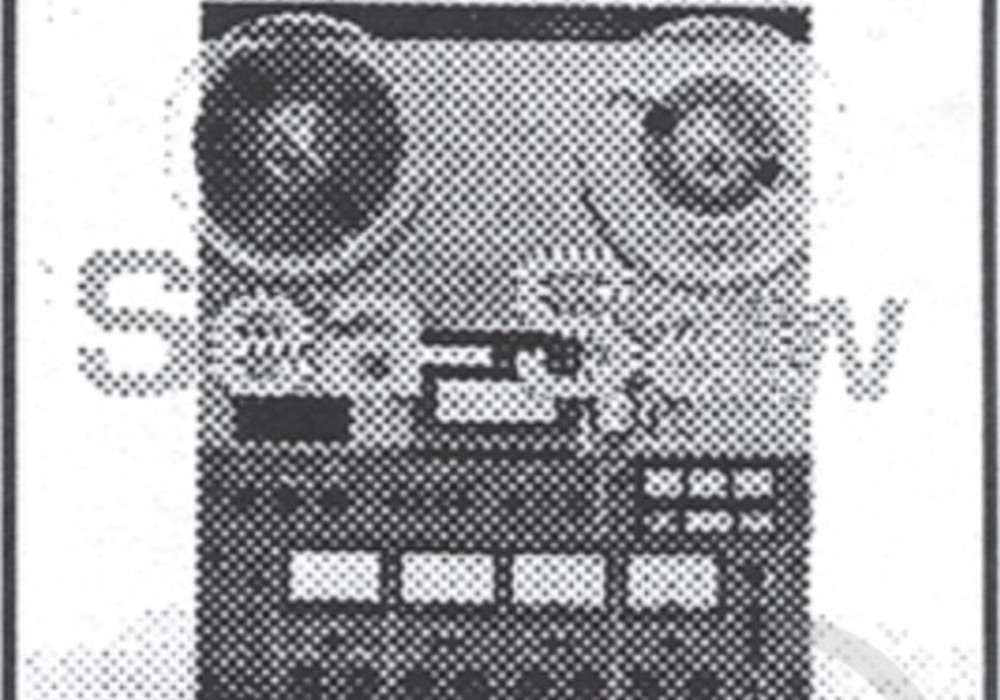My first encounter with the sprawling collection of keyboards, pianos, British-made guitar amplifiers and homemade walls that is Breakglass Studios happened when I had the opportunity to sit in on a session for the band Shoot the Moon. I opened the door at the end of the hall in an otherwise nondescript building in Montreal's Little Italy to find the studio's tape library. Reels of 2-inch and quarter-inch tape sat in their boxes, with names like Islands, Besnard Lakes, and Sunset Rubdown written on the spines. I made my way further in and opened the door to the control room, where the band was tracking vocals while Jace Lasek sat at the console. Lasek and his business partner/co-engineer Dave Smith met in high school in Regina, Saskatchewan. After school, they moved to the west coast before realizing that if they wanted to have their own studio space, they would have to escape the high cost of living in Vancouver. They settled in Montreal in late '99. At the time, Montreal was at the tail end of a long recession, and one could easily get by cheaply. Since then, they've worked on albums and songs by the aforementioned bands, as well as Wolf Parade, Bell Orchestre and Destroyer, among others. Along the way they have learned, often through trial and error, how to get the most out of their haphazard collection of recording gear, how to build walls and reflection-free zones and how to build and mod their own gear. Most importantly, they have honed their abilities, knowing as Jace puts it, "When to be invisible, and when to step up and provide support to the band." This is their stated purpose: helping bands get the most they can out of the studio environment.
In this control room you have a 24- channel Ward-Beck broadcast console, Studer 16-track and 2-track reel-to-reels, Radar and Pro Tools. What do you usually use for tracking?
Jace: It depends how big the project is. Some bands come in and want to limit themselves to the 16-track, so I've mixed entire projects on the Ward-Beck using outboard gear. Other bands that are doing something a little more complex will fill up the 16-track, and I'll dump it into the Radar. Some bands don't care about tape, so they'll go straight to Radar, and then we can mix in Pro Tools if they want. We want to make sure that we are always capable of doing whatever people need. If it's just a straight rock band with a couple of guitars and vocals then I can say, "Let's do it on the 16-track and mix on the console." For some of the more involved stuff, if they're going to be adding violins and they want to build up 40 tracks of stuff, we're going to have to mix in Pro Tools, though I know mixing on the console would probably result in a better product. If I can get the project down to 24 tracks, get it back on the Radar with all the edits done and then pass it through the console to the Studer 2-track, I will.
Dave: A lot of bands will come in and use the studio for tracking and then take the tracks home to mix, so a lot of the time mixing isn't even an issue.
J: It's actually a lot of fun for the bands to mix on the board. The shitty thing about mixing in Pro Tools is that people are sitting in the back of the room for hours, watching me draw stupid little lines. We don't have automation on this console, so when we're mixing on it everybody's right there helping with the mix, and they sort of feel like they've had part in it, like they've played their guitar or whatever one more time.
You have an enormous live room, especially considering the size of most tracking rooms in studios these days.
J: Our room is amazing for strings and horns.
It doesn't seem like you have any treatment on the walls.
J: The shape of the control room we built adjoining the live room means that by default, there are no parallel walls in the live room. Even if the walls were parallel it would be okay since the room is big enough.
D: Due to the fact that the room's not finished, there are gaping holes all over the place. There are lots of places for the sound to get lost. I think if we had all the doors in, we'd probably have to put in some kind of treatment.
Do you do a lot of live-off-the-floor recording?
J: Because our live room is so big, we do a lot of live tracking that some studios don't want to do. We do have to tell bands that if you want to record live-off- the-floor, what you're going to hear coming out of the monitors is pretty much how its going be, but we'll let them set up as they would if they were rehearsing. We'll put up baffles if there are any obvious problems.
D: I like to say to bands, "Go set up and make it sound how you want it to sound in the room", and just deal with the bleed for better or for worse, but make sure they're okay with that from the beginning. The funny thing is, they always say they are, but when it comes to mixing, they'll ask for me to do something with the kick, for example. But the bass will be louder than the kick in the kick mic, so I can't. I don't have too much room to maneuver. We just have to let it be sometimes, which I think sometimes gets you better results.
J: There was one project I did where the vocal mic actually became the basis for the whole mix because it was a really hot condenser mic, and when the singer wasn't...
